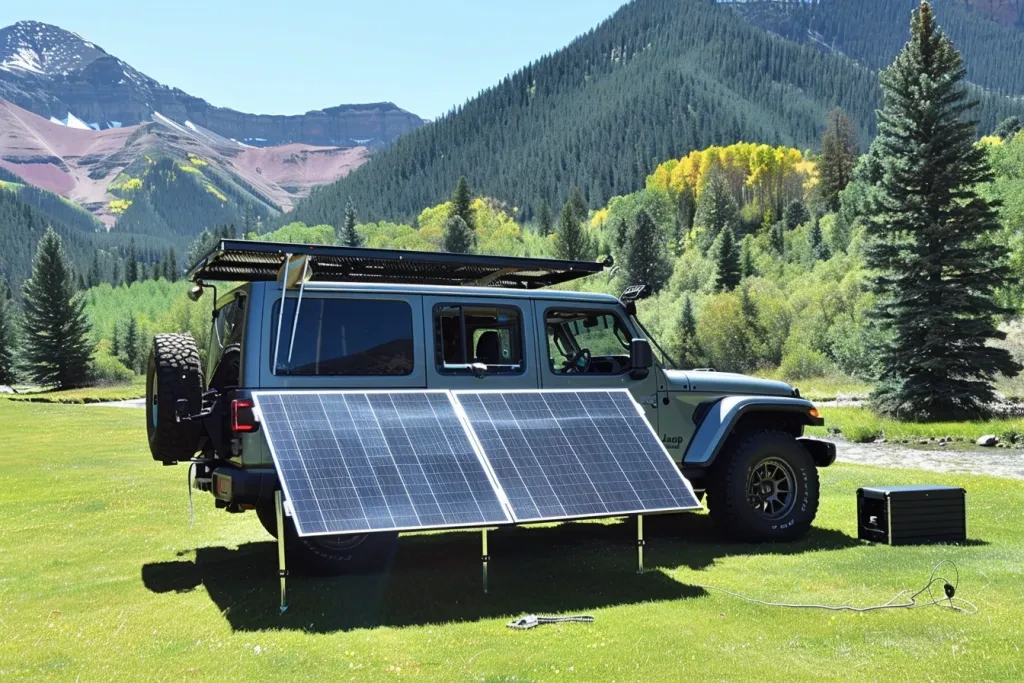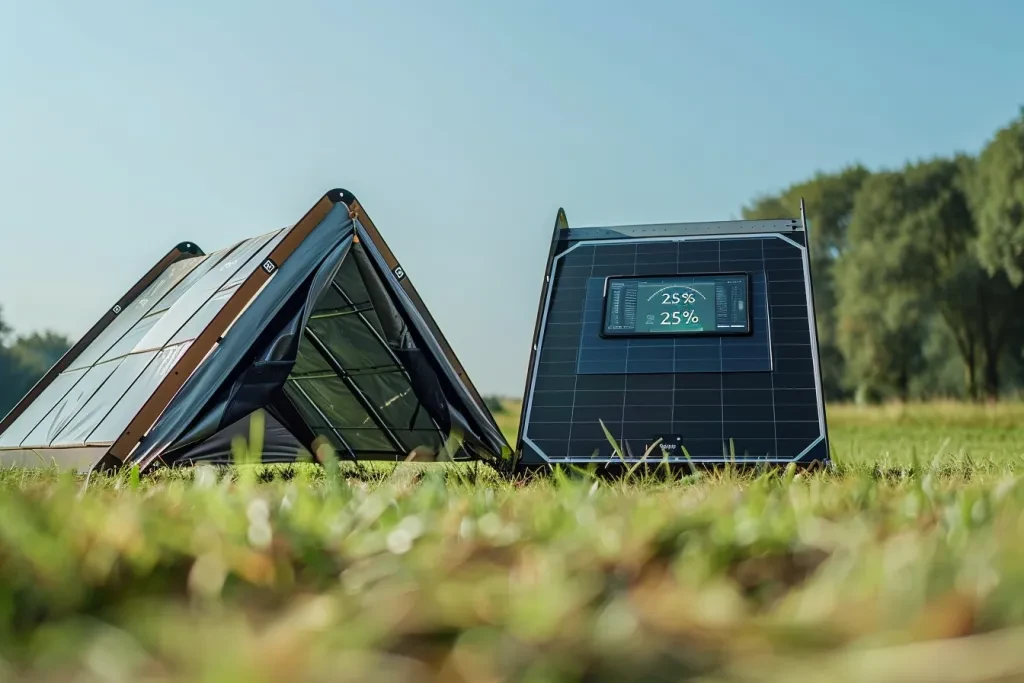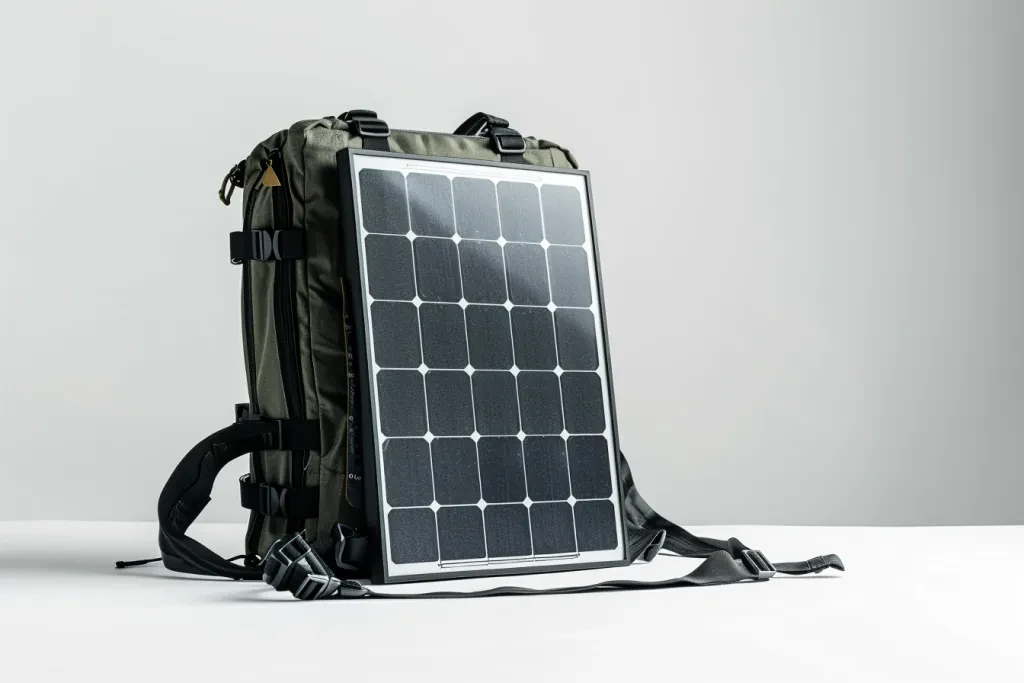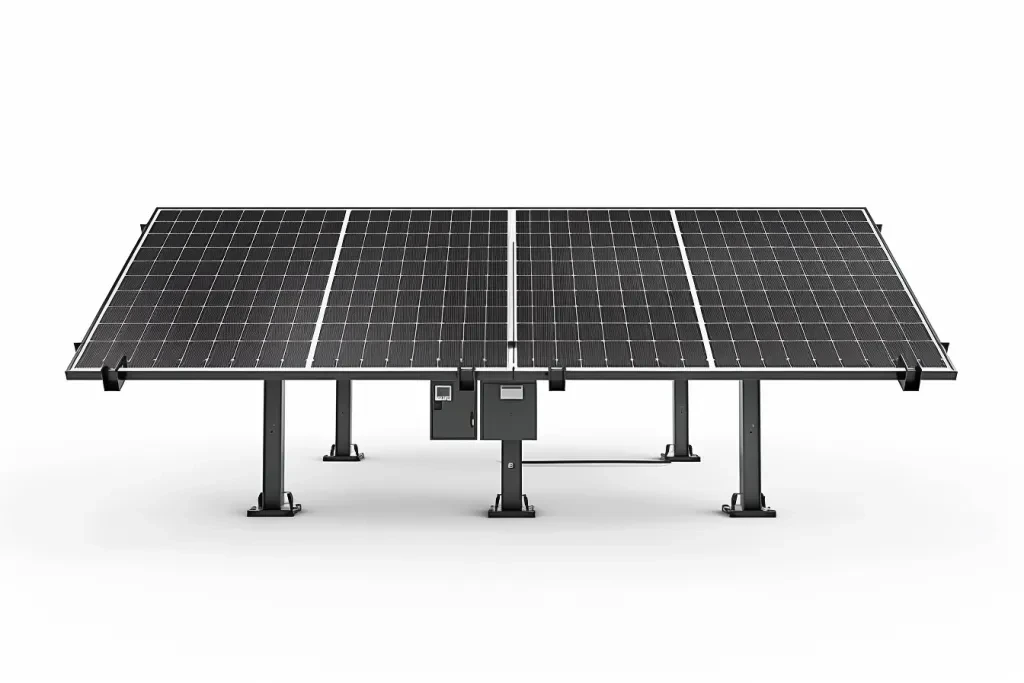In the quest for cleaner, more sustainable energy solutions, solar power plays a pivotal role. Among the various options available, the 400 watt solar panel has garnered significant attention for its balance between size and power output. This article delves into the essential aspects of 400 watt solar panels, helping you understand their efficiency, installation process, cost, maintenance, and potential savings. By breaking down these key areas, we aim to provide a comprehensive overview that empowers you to make an informed decision about integrating solar energy into your life.
Table of Contents:
– Understanding 400 watt solar panels
– The installation process
– Cost considerations
– Maintenance and longevity
– Potential savings and benefits
Understanding 400 watt solar panels

Solar panels are marvels of modern engineering, converting sunlight into electricity. The 400 watt panel, in particular, is designed for those seeking a balance between efficiency and space. These panels are capable of producing 400 watts of power under ideal conditions, making them suitable for various applications, from residential to small-scale commercial installations.
The efficiency of a solar panel is a measure of its ability to convert sunlight into electricity. For a 400 watt panel, efficiency ratings can vary, but they typically fall within the range of 15% to 22%. This means that they are capable of converting 15% to 22% of the sunlight they capture into usable electricity. The higher the efficiency rating, the more productive the panel is per square foot, which is crucial for maximizing output in limited spaces.
Another aspect to consider is the technology behind these panels. Most 400 watt panels utilize either monocrystalline or polycrystalline silicon cells. Monocrystalline cells are known for their higher efficiency and sleek appearance but come at a higher cost. Polycrystalline cells, while slightly less efficient, offer a more affordable option without significantly compromising on performance.
The installation process

The installation of a 400 watt solar panel system is a critical step that can significantly impact its efficiency and longevity. The process begins with a thorough assessment of your site to determine the optimal placement and orientation of the panels. This ensures maximum exposure to sunlight, which is essential for achieving the highest possible power output.
Professional installation is highly recommended to navigate the complexities of mounting and wiring the system correctly. Skilled installers will ensure that the panels are securely attached to your roof or ground mount, and that all electrical connections are made safely and in accordance with local regulations. This not only optimizes the system’s performance but also safeguards against potential hazards.
It’s also important to consider the permits and approvals required by your local government or utility company. Professional installers can often assist with this process, ensuring that your installation meets all necessary standards and regulations. This step is crucial for both safety and eligibility for potential incentives or rebates.
Cost considerations

Investing in a 400 watt solar panel system involves upfront costs that can vary widely depending on several factors. The price of the panels themselves is influenced by the technology used (monocrystalline or polycrystalline), the brand, and the quantity purchased. Additionally, the cost of installation can differ based on the complexity of your system, the type of mounting system used, and labor rates in your area.
Despite these initial expenses, solar energy systems offer the potential for significant long-term savings on electricity bills. The exact amount saved will depend on the efficiency of your system, the cost of electricity in your area, and the amount of sunlight your location receives. Furthermore, many governments offer incentives, tax breaks, or rebates to offset the initial cost of solar panel installations, making them a more accessible option for many homeowners and businesses.
It’s also worth considering the return on investment (ROI) when evaluating the cost of a solar panel system. The ROI will vary based on the factors mentioned above but investing in a high-quality, efficient system maximizes the likelihood of a favorable return.
Maintenance and longevity

One of the advantages of solar panel systems is their low maintenance requirements. However, to ensure optimal performance and extend the lifespan of your 400 watt solar panels, some routine maintenance is necessary. This typically involves keeping the panels clean and free of debris, such as leaves or snow, which can block sunlight and reduce efficiency.
Regular inspections are also recommended to identify and address any potential issues, such as loose wiring or damage to the panels. While solar panels are designed to be durable and withstand harsh weather conditions, unexpected events like hailstorms can still cause damage.
The longevity of a solar panel system is another key consideration. Most 400 watt solar panels come with a warranty that guarantees a certain level of performance for 25 to 30 years. With proper maintenance, it’s not uncommon for panels to exceed their warranty period, offering decades of renewable energy production.
Potential savings and benefits

The decision to install a 400 watt solar panel system can yield significant financial and environmental benefits. Financially, the reduction in electricity bills and the potential increase in property value are compelling incentives. Environmentally, the shift to renewable energy reduces your carbon footprint, contributing to the global effort to combat climate change.
Solar energy also offers independence from the traditional energy grid, providing a reliable source of power even during outages. This aspect of solar power is particularly appealing for those in areas prone to natural disasters or with unreliable electricity supplies.
In conclusion, the adoption of a 400 watt solar panel system represents a smart investment in both the future of our planet and your financial well-being. By understanding the efficiency, installation process, costs, maintenance, and potential savings associated with solar energy, you can make an informed decision that aligns with your values and meets your energy needs.
Conclusion
Exploring the world of 400 watt solar panels reveals a promising avenue for those looking to harness the sun’s power. With considerations for efficiency, installation, cost, maintenance, and savings guiding the way, individuals and businesses alike can embark on a journey toward sustainable energy with confidence. As we continue to seek solutions that benefit both our planet and our pocketbooks, solar energy stands out as a beacon of hope and possibility.



